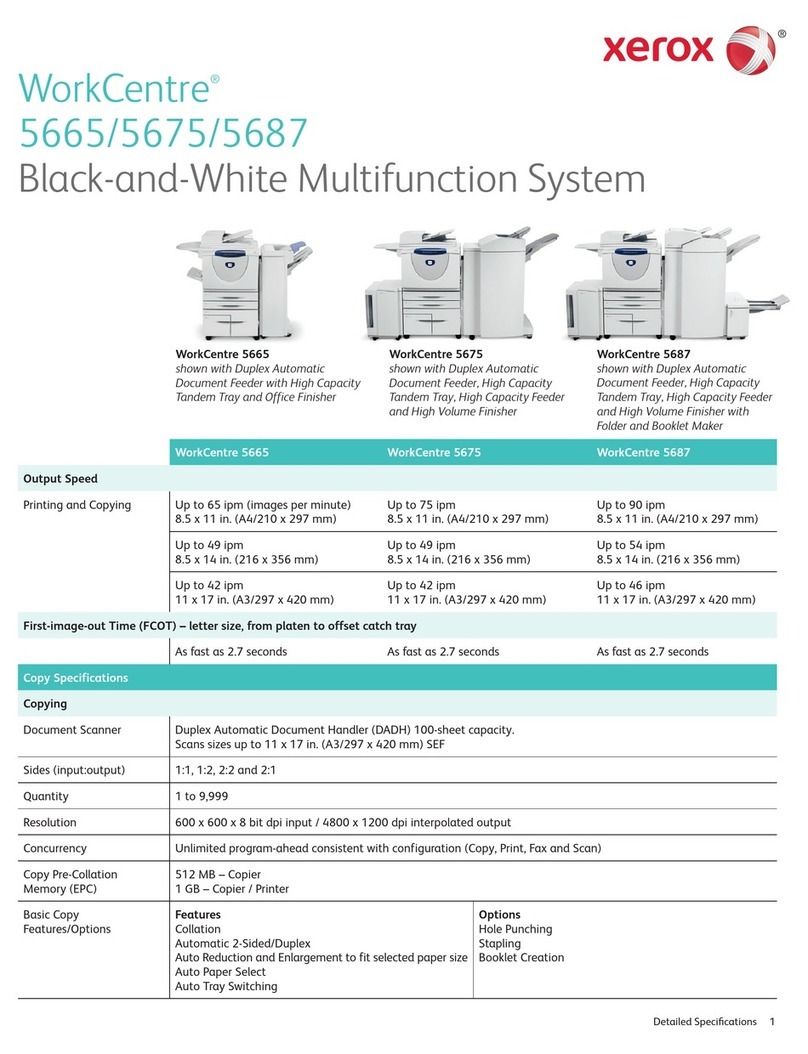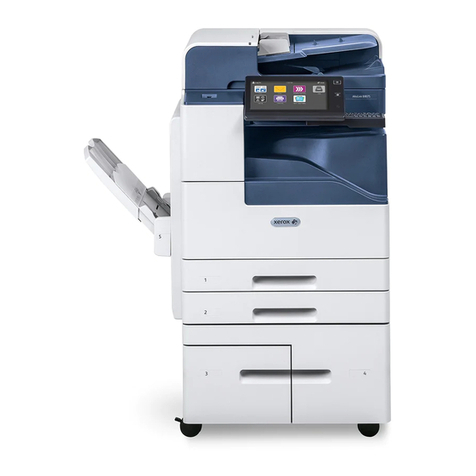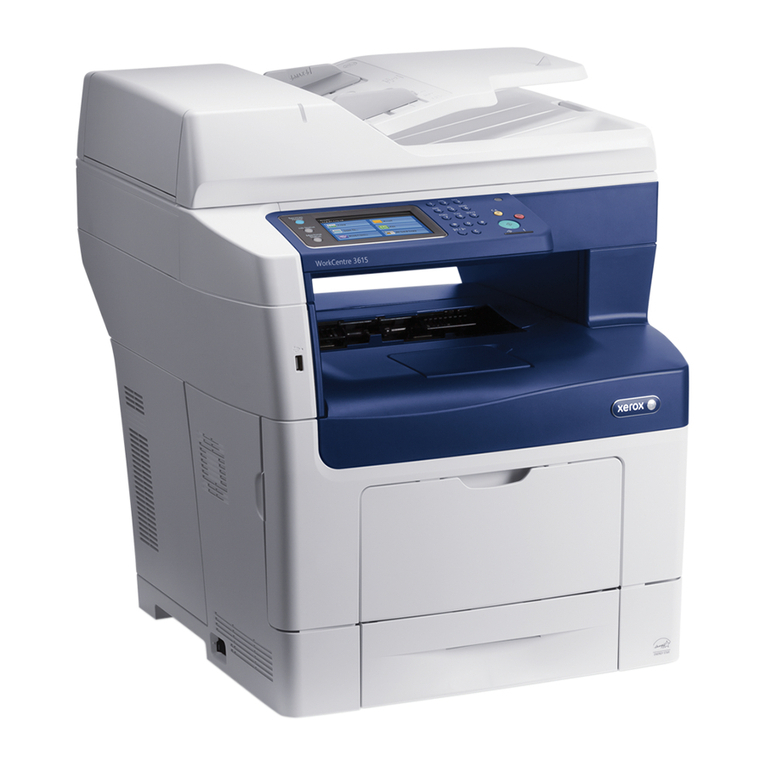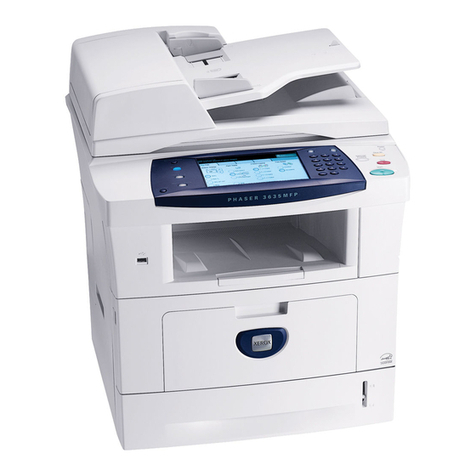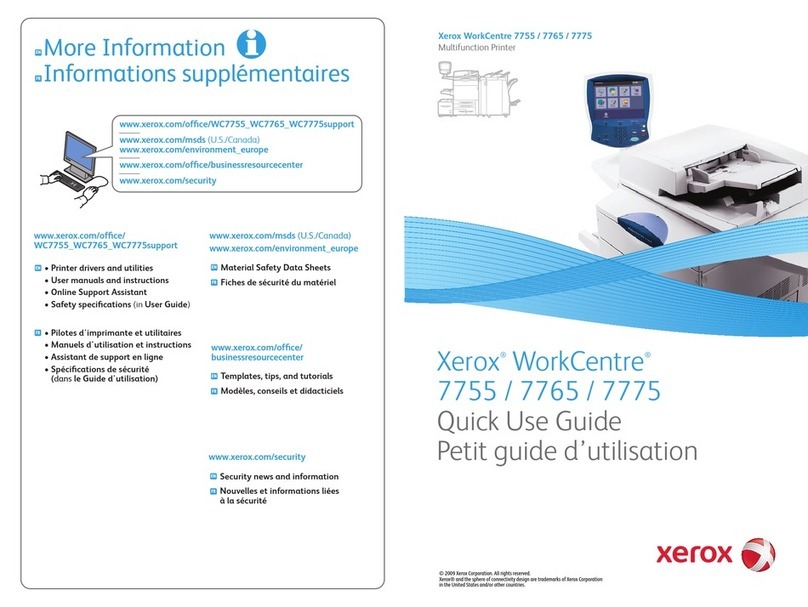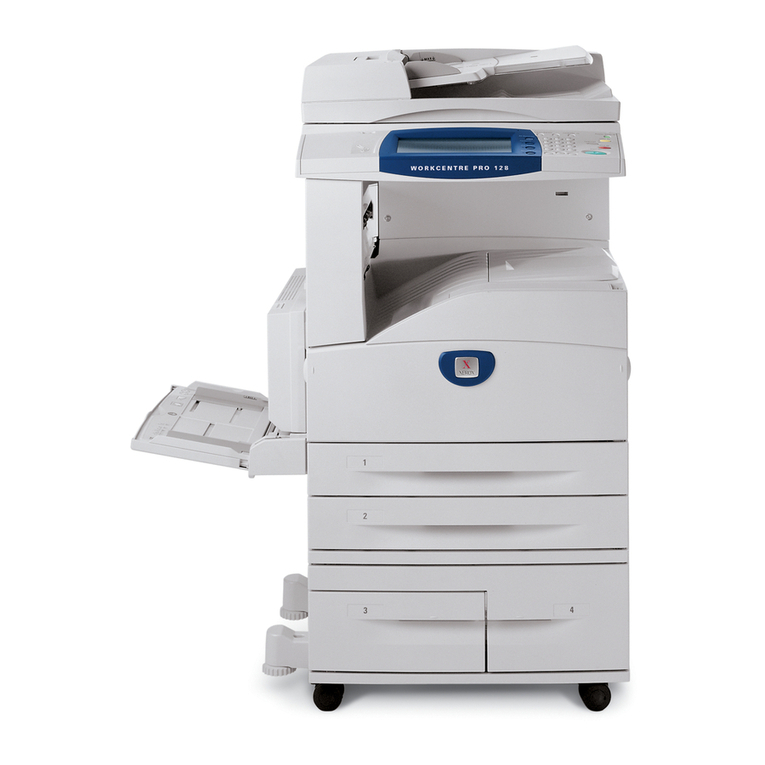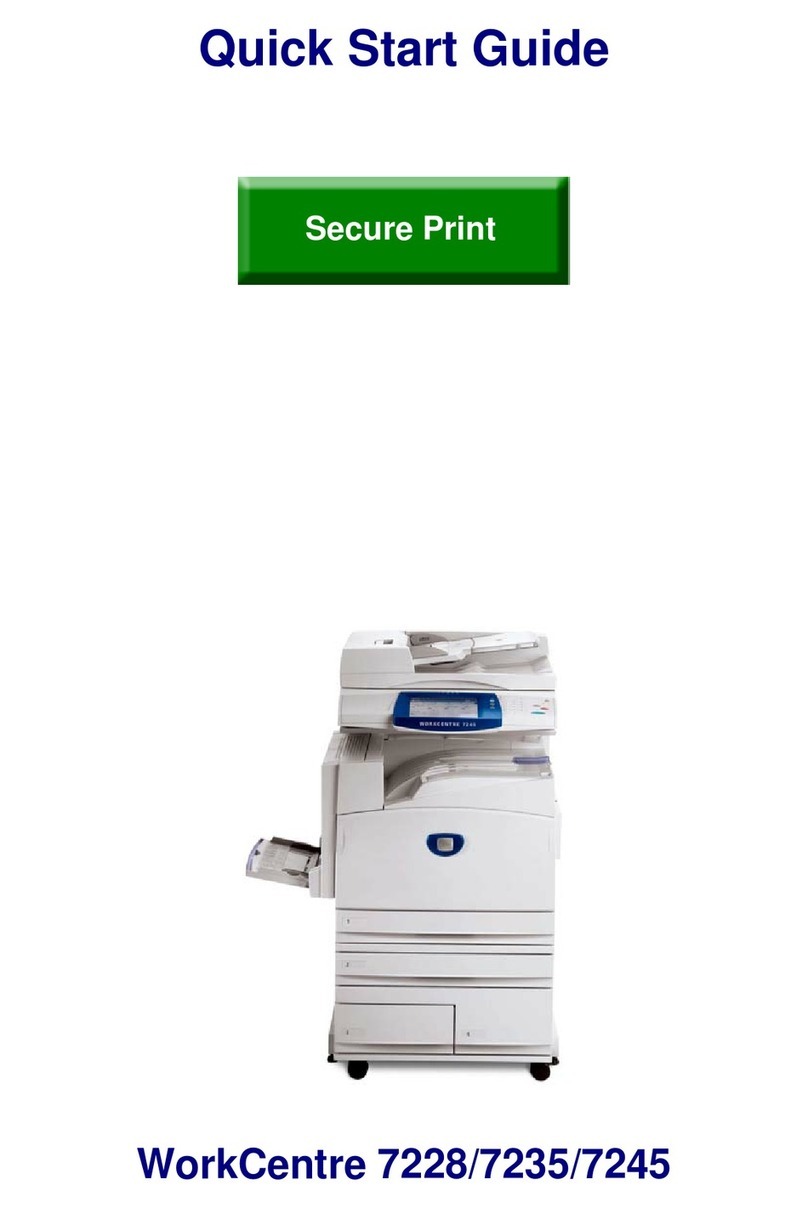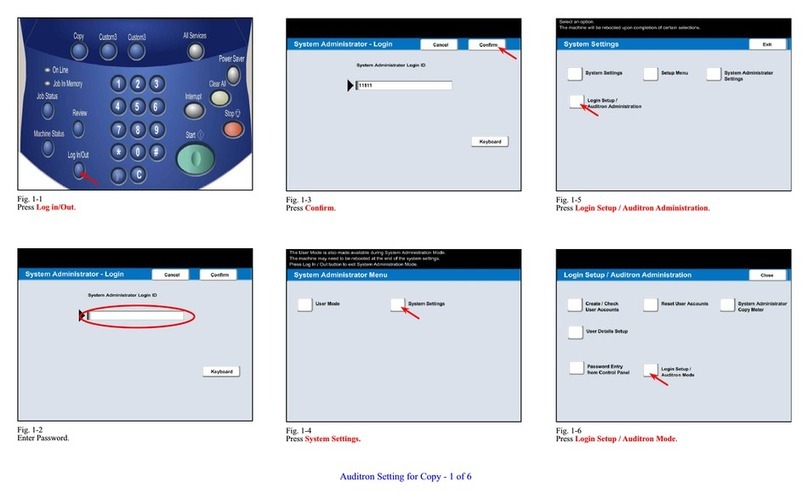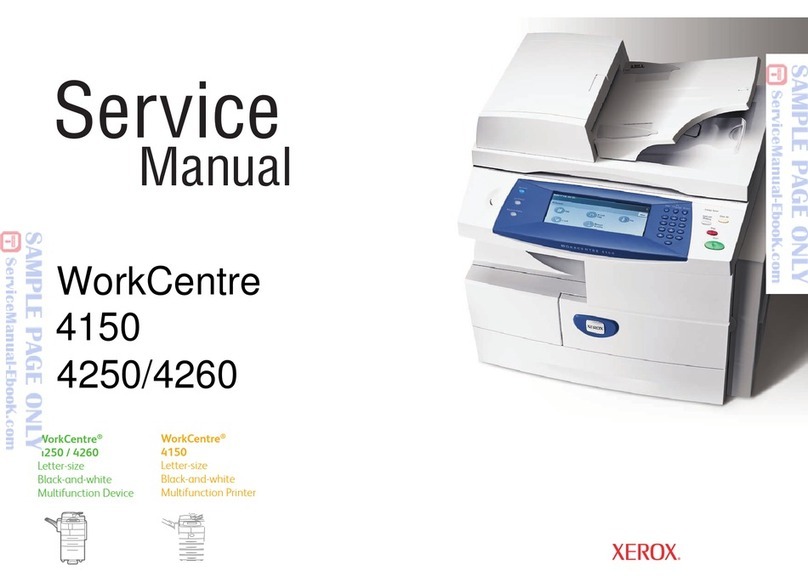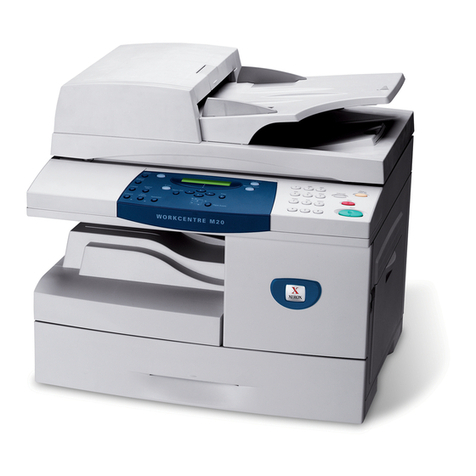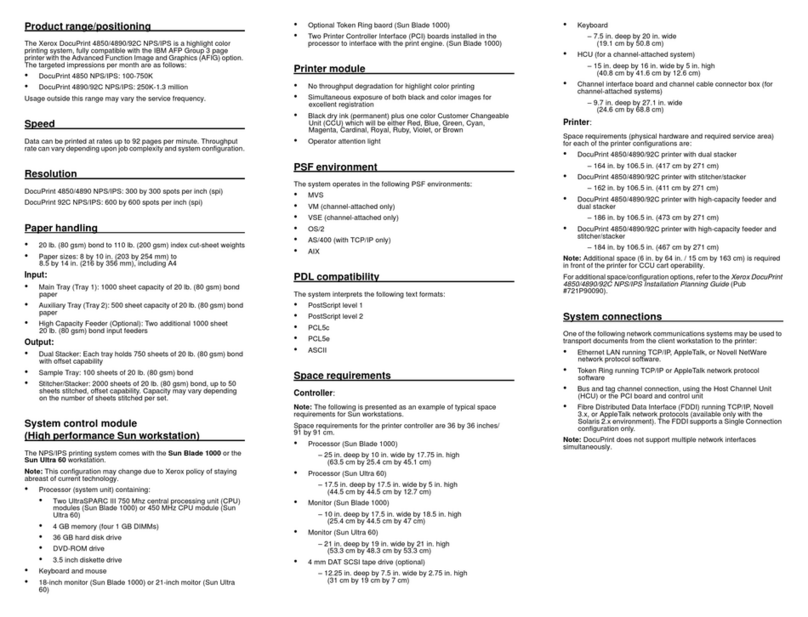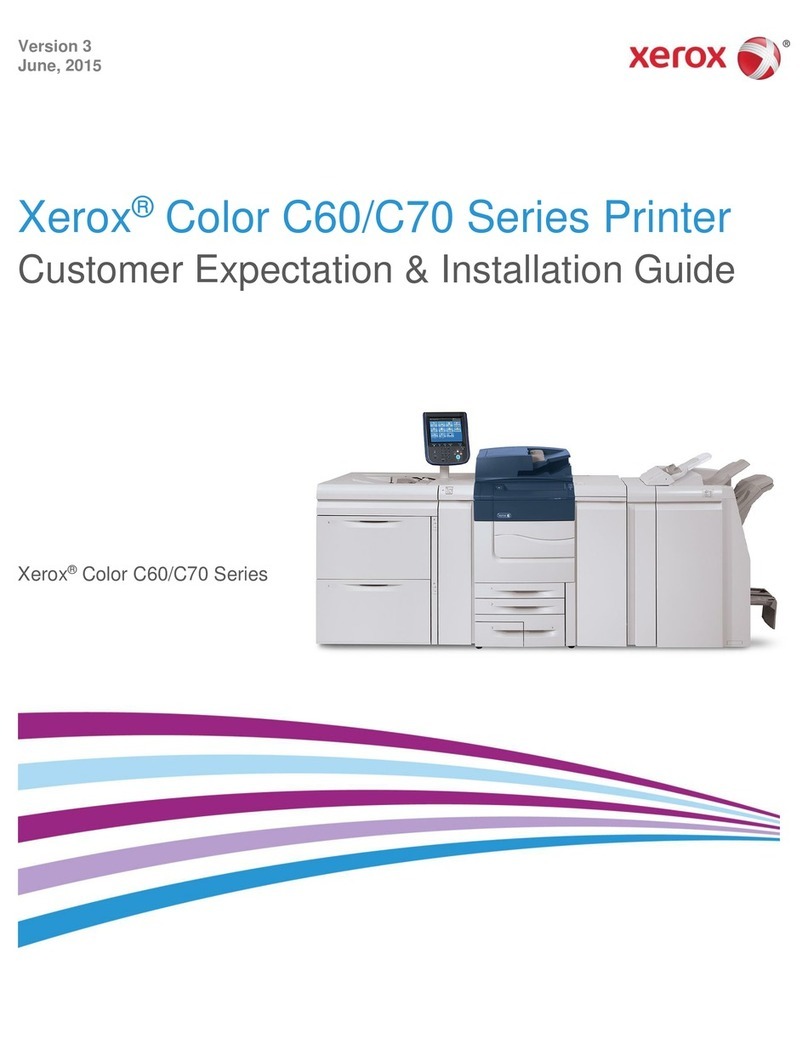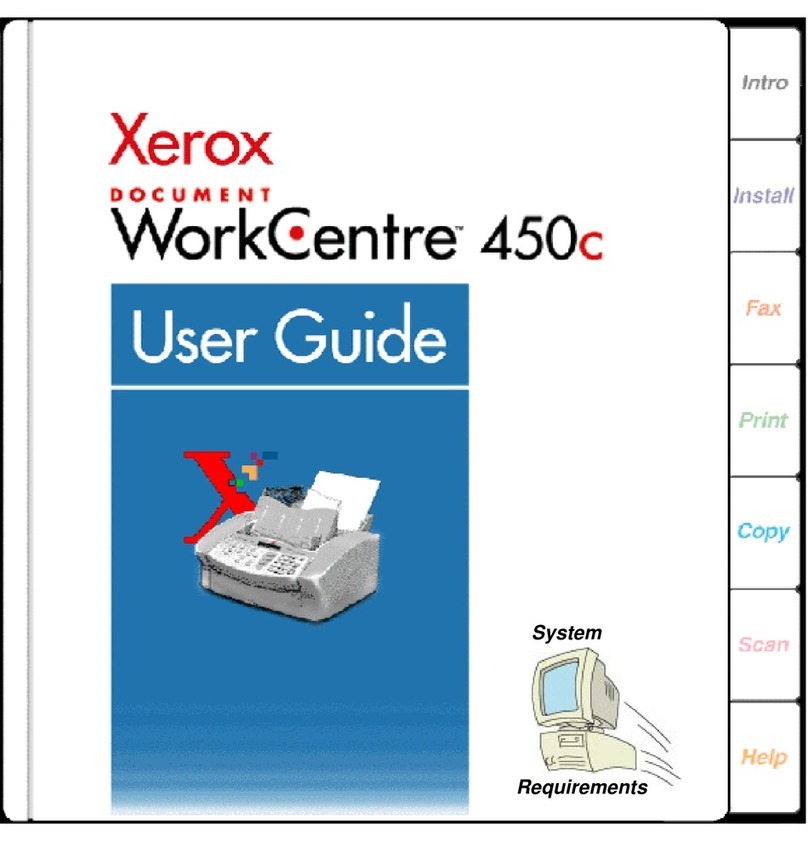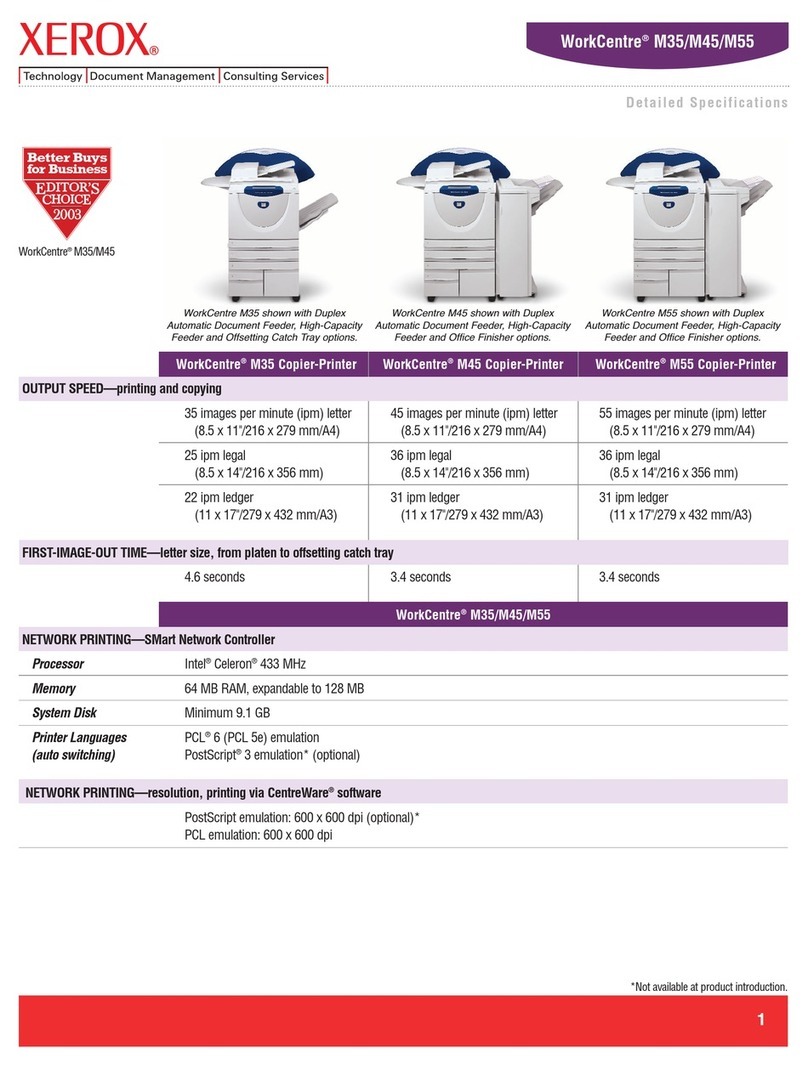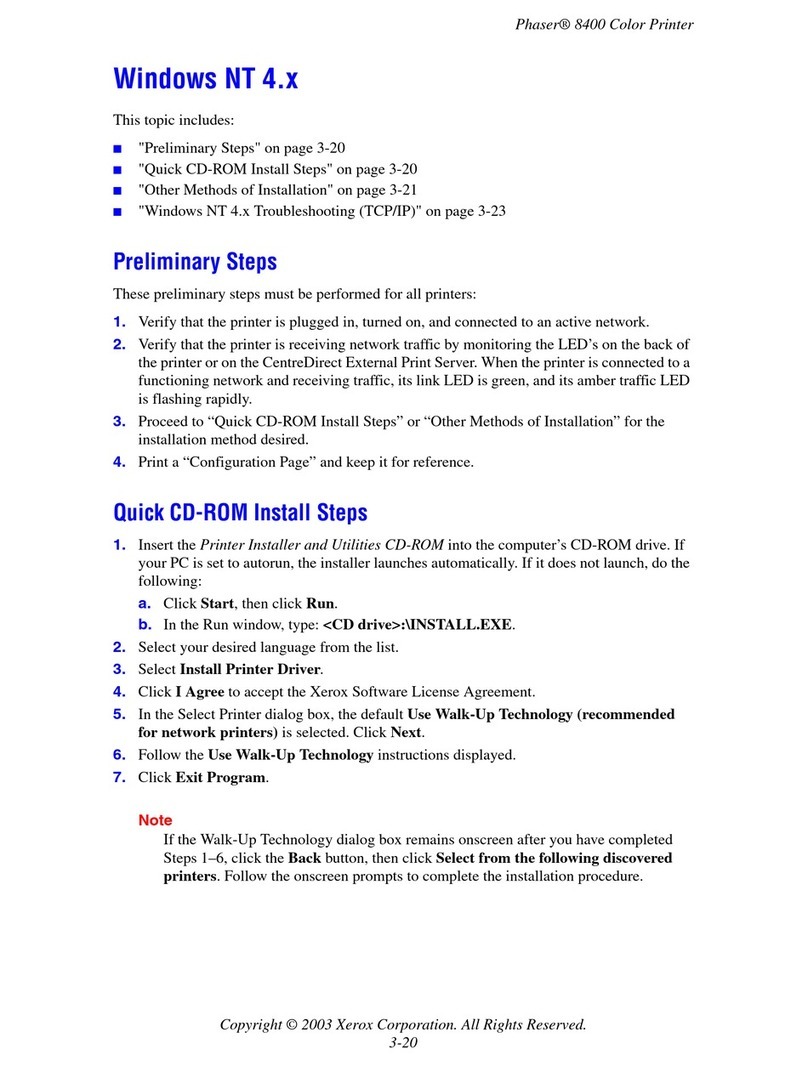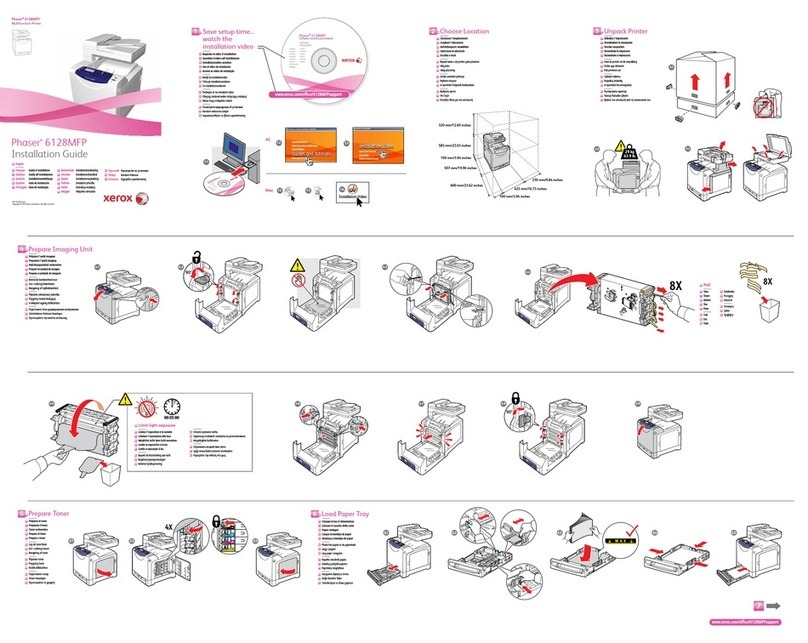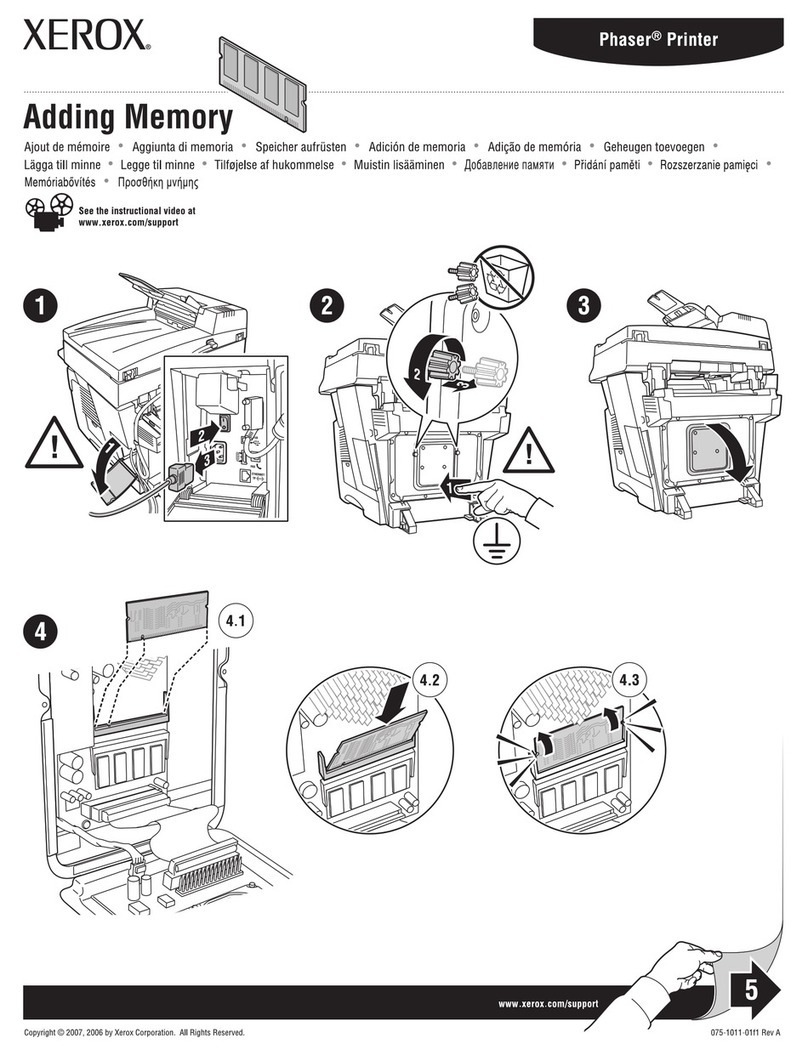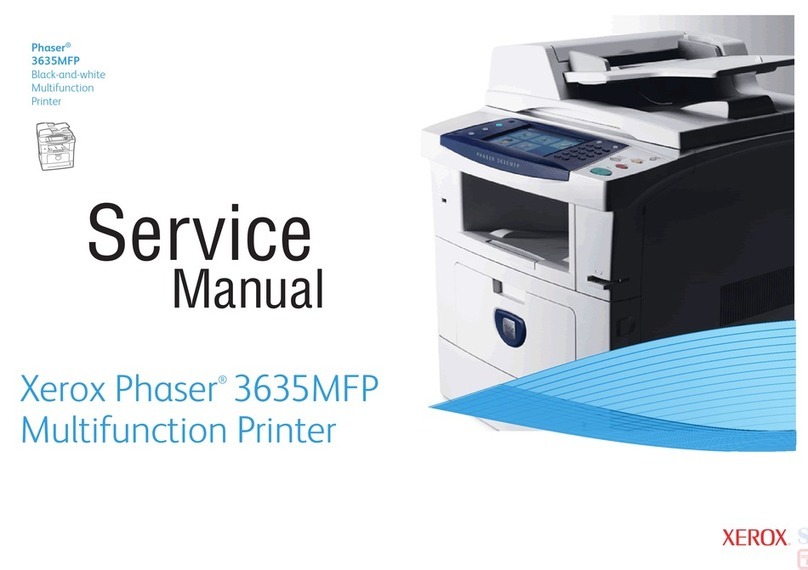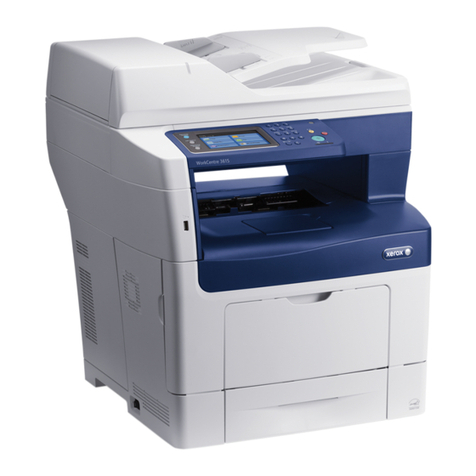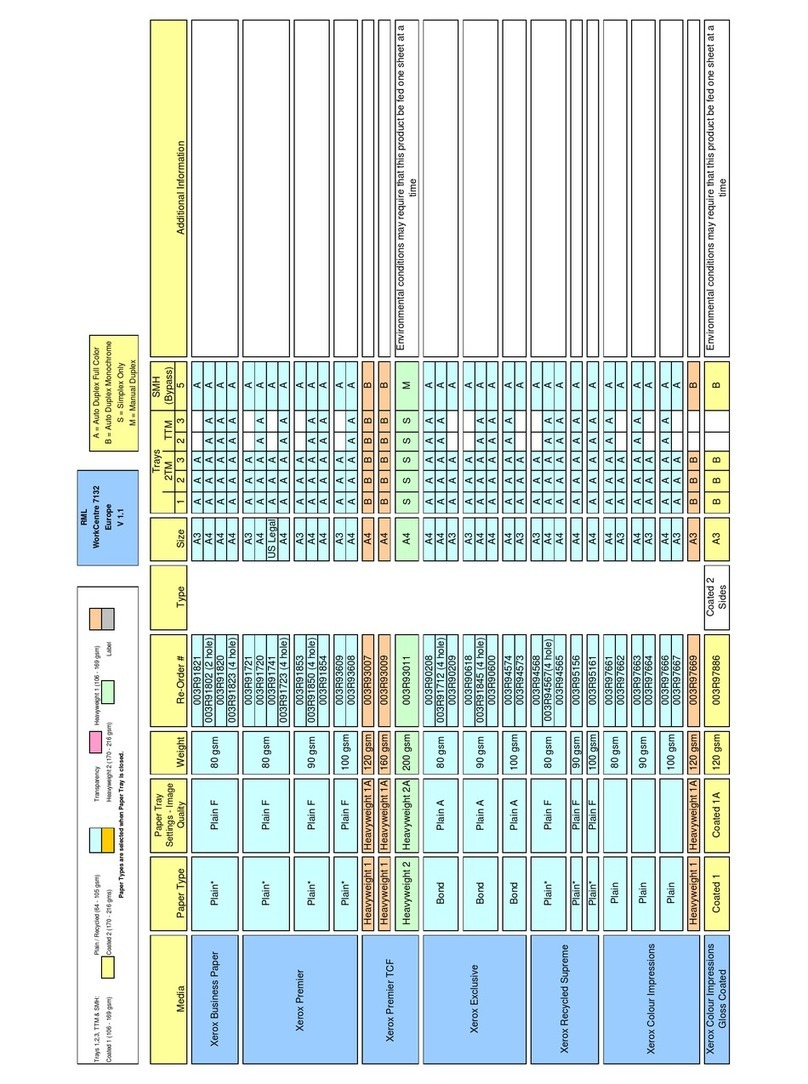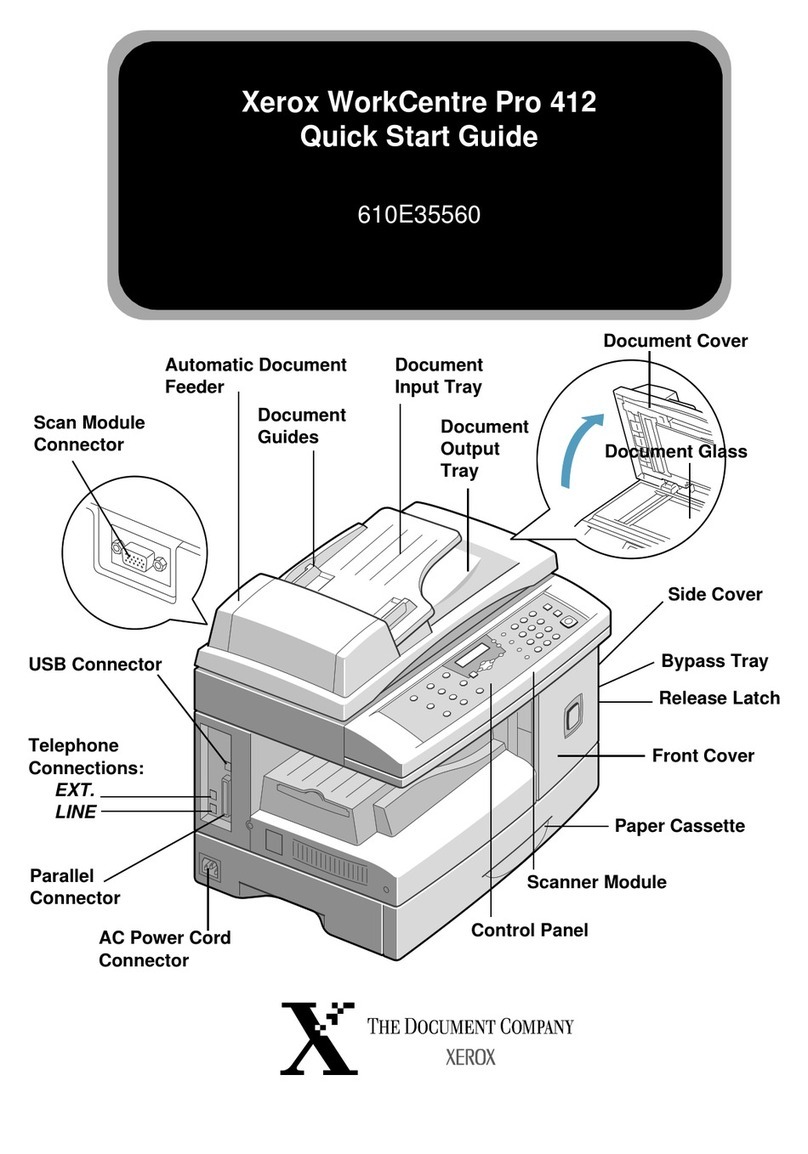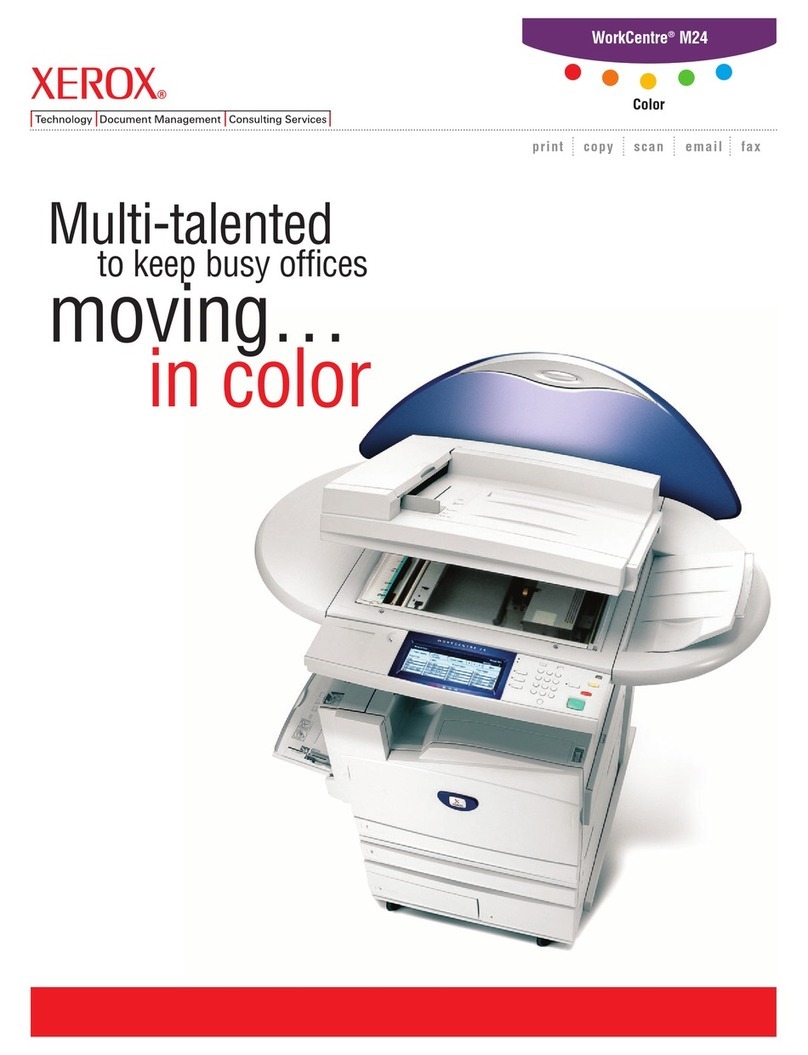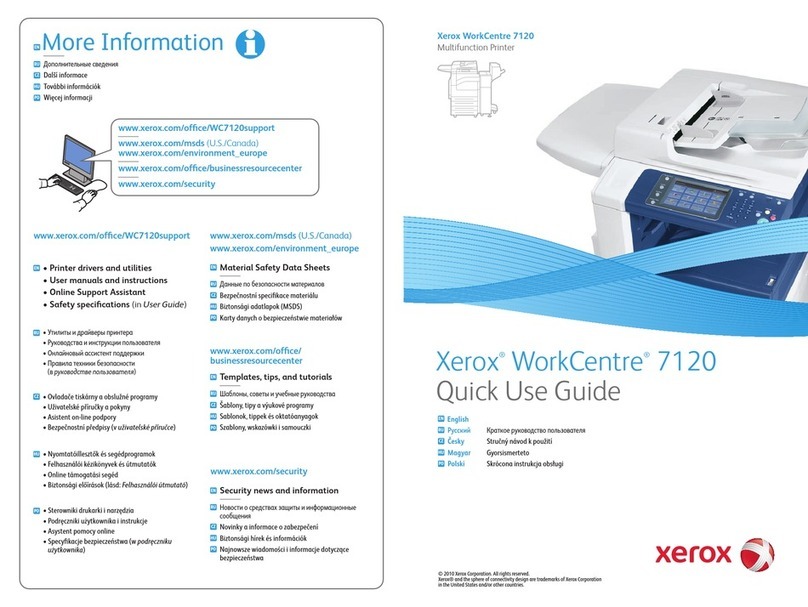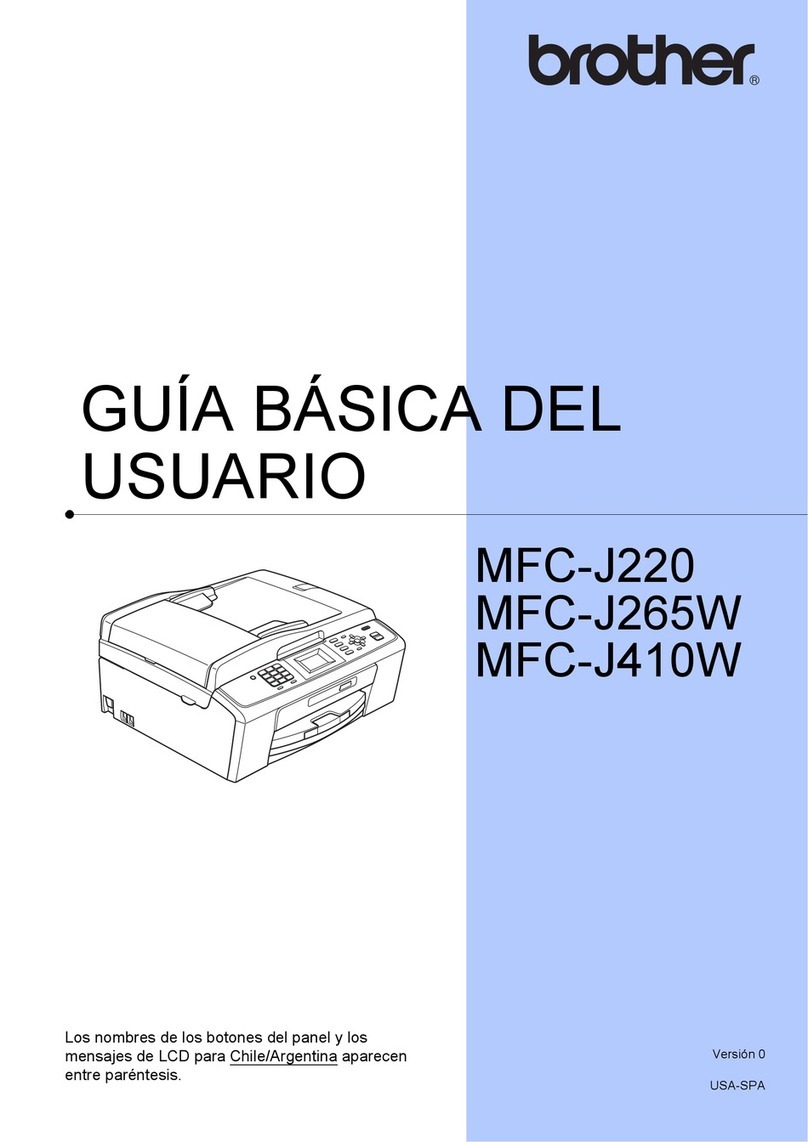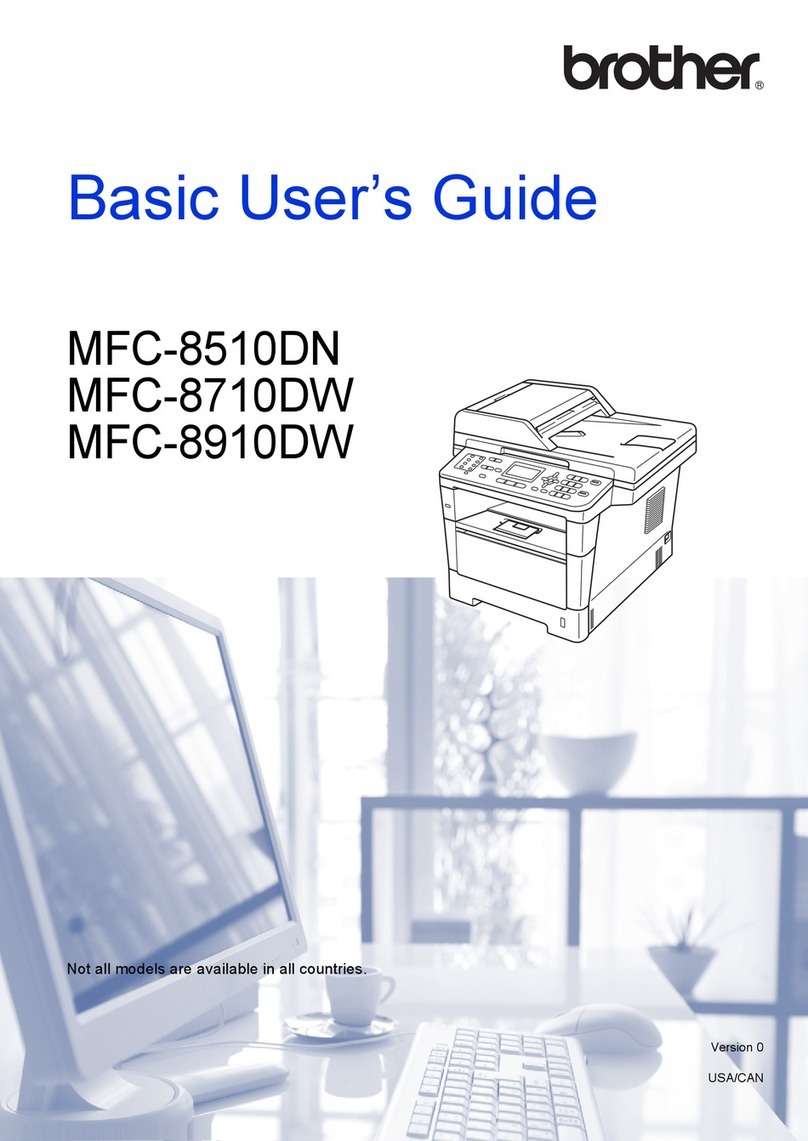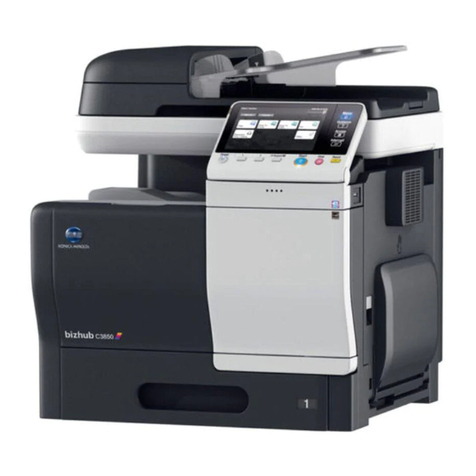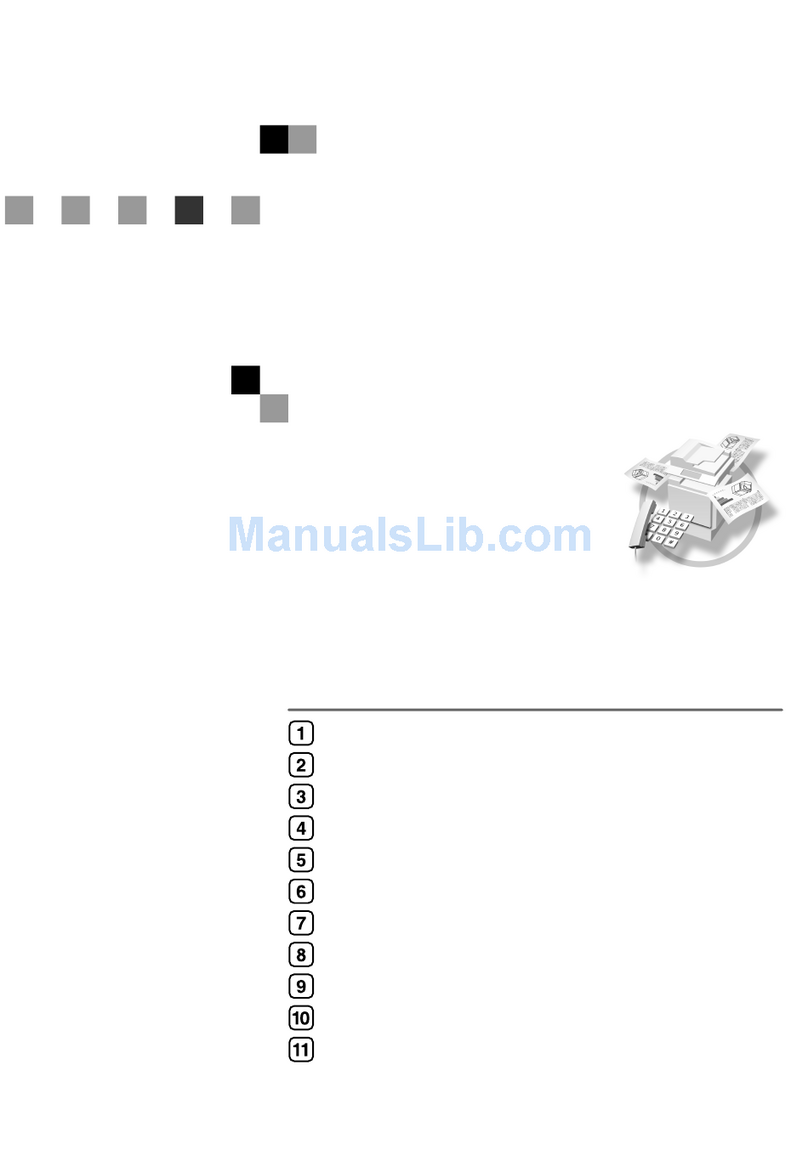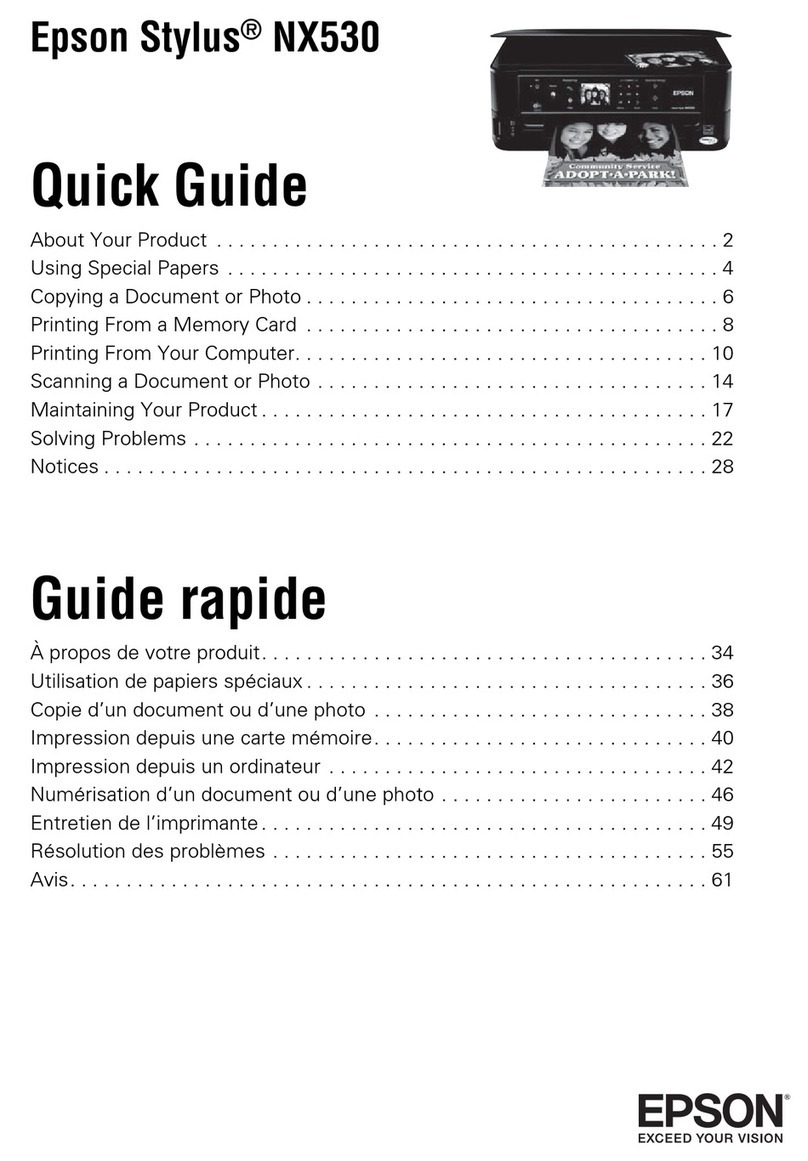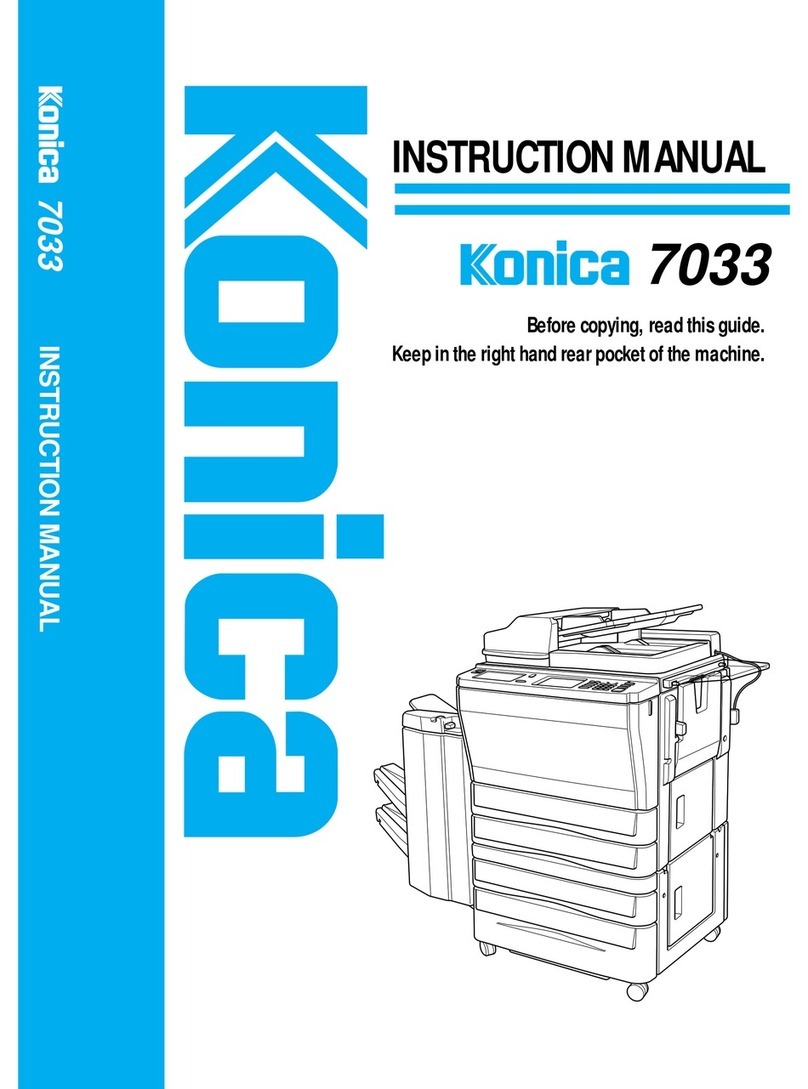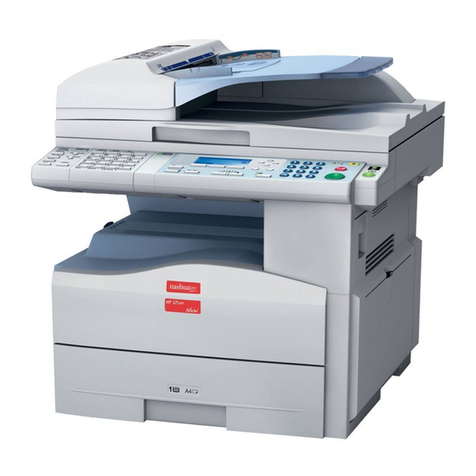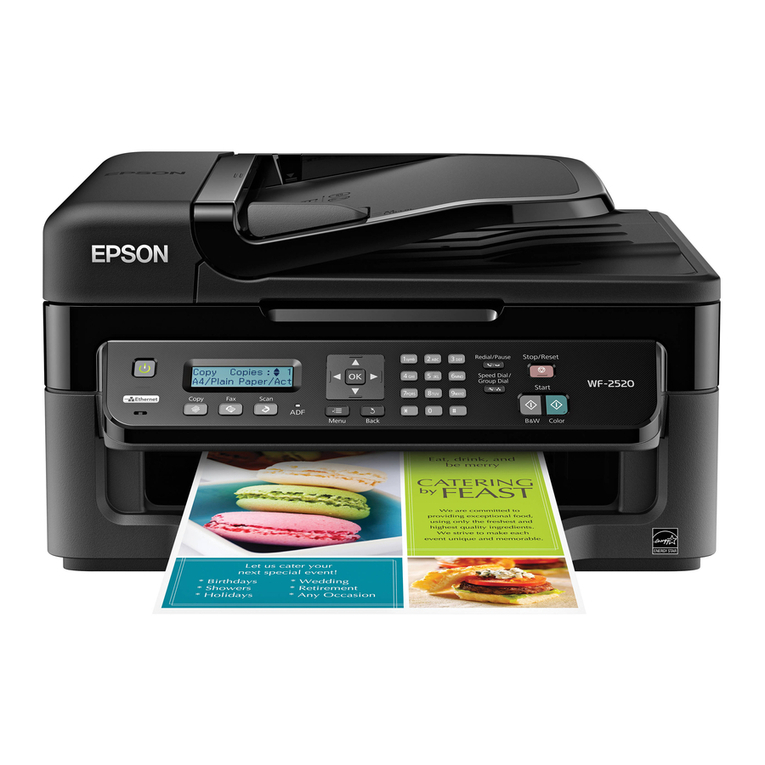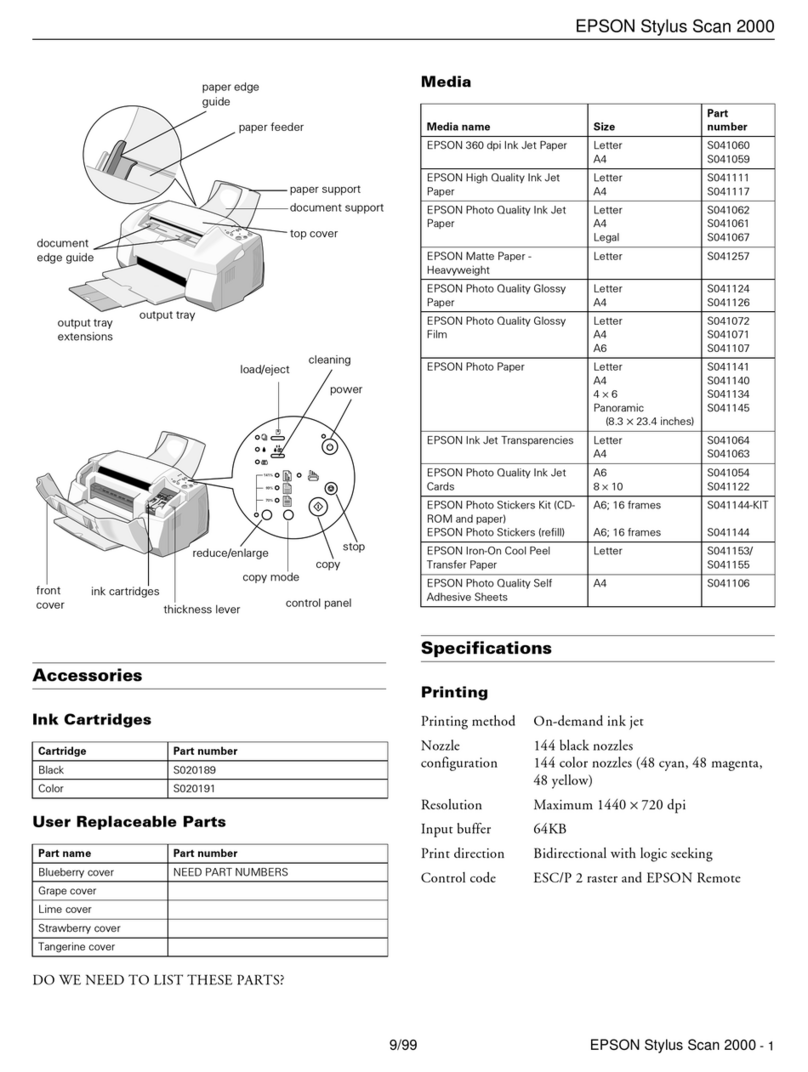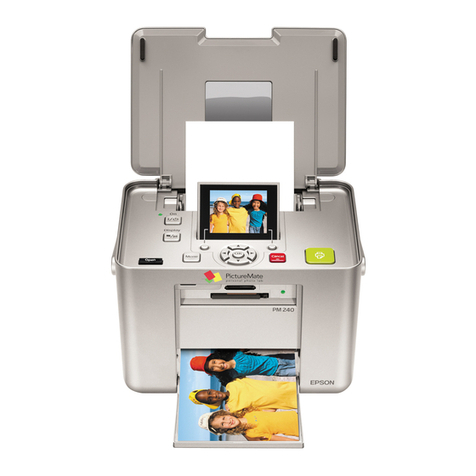
(k) A text-only page, with equivalent
information or functionality, shall be
provided to make a web site comply
with the provisions of this part, when
compliance cannot be accomplished
in any other way. The content of the
text-only page shall be updated
whenever the primary page changes.
Not applicable No text-only pages are provided.
(l) When pages utilize scripting
languages to display content, or to
create interface elements, the
information provided by the script
shall be identified with functional text
that can be read by Assistive
Technology.
Some limitations
exist
Not all information provided by the script is identified via
functional text.
(m) When a web page requires that
an applet, plug-in or other application
be present on the client system to
interpret page content, the page must
provide a link to a plug-in or applet
that complies with §1194.21(a)
through (l).
Not applicable Plug-ins, applets, or other applications are not required to
interpret page content.
(n)When electronic forms are
designed to be completed on-line,
the form shall allow people using
Assistive Technology to access the
information, field elements, and
functionality required for completion
and submission of the form, including
all directions and cues.
Supports Electronic forms allow people using Assistive Technology to
accurately complete and submit the forms.
(o) A method shall be provided that
permits users to skip repetitive
navigation links.
Supports A method is provided that permits users with Assistive
Technology to skip repetitive navigation links.
(p) When a timed response is
required, the user shall be alerted
and given sufficient time to indicate
more time is required.
Not applicable No time-out sensitive selections exist.
Note to 1194.22: The Board interprets paragraphs (a) through (k) of this section as consistent with the following
priority 1 Checkpoints of the Web Content Accessibility Guidelines 1.0 (WCAG 1.0) (May 5 1999) published by the
Web Accessibility Initiative of the World Wide Web Consortium: Paragraph (a) - 1.1, (b) - 1.4, (c) - 2.1, (d) - 6.1, (e) -
1.2, (f) - 9.1, (g) - 5.1, (h) - 5.2, (i) - 12.1, (j) - 7.1, (k) - 11.4.
www.xerox.com/Section508
Page 5 of 10
Last Revision 1/16/2006
